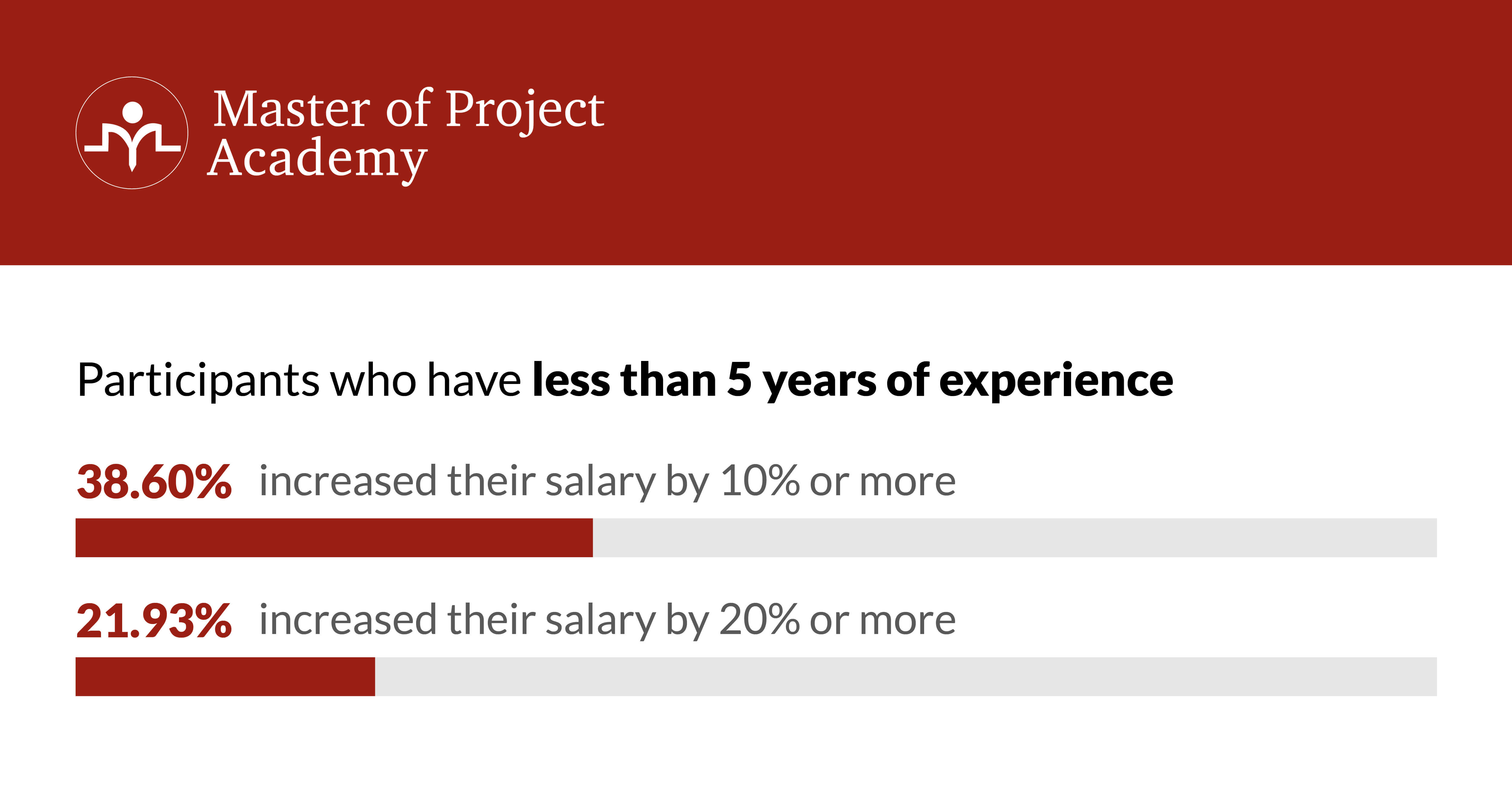Are you willing to shift to a project management career? Do you have a special interest in project management in general? This article will cover the most important things that you need to know about project management for beginners.
We will introduce you to the top basic concepts about project management which will help you become familiar with project management. These can help you understand the key concepts of project management frameworks and methodologies easily. Also, we are going to cover some key things that might cause confusion for the majority of beginner project managers. These include the major arguments between project management professionals that may lead you to adopt a wrong belief about project management. So, all in all, you will learn the pillars of project management for beginners
Project Management for Beginners: Methodologies
Now before going into details, we will shed the light on key project management methodologies that have global acknowledgment. Accordingly, we will list down top globally recognized project management mythologies and frameworks. These are the pillars of project management for beginners.
PMBOK
This framework provided by the Project Management Institute (PMI) is the highest rank in project management globally. It has both credibility and extensive coverage of required project management knowledge, processes, tools, and techniques. PMI offers a number of project management certification based on PMBOK framework, we can summarize the most notable ones in the below list:
- CAPM: PMI offers a Certified Associate in Project Management (CAPM) certification based on the PMBOK framework. CAPM is an entry-level certification as the first step for project management professionals. – more appropriate for the project management for beginners.
Attend our 100% Online & Self-Paced One-Hour Free CAPM Training.
- PMP: Project Management Professional (PMP) is another certification based on the PMBOK framework offered by PMI. It is considered as the most accredited and popular certification in project management globally. As a result of its solid application and examination process, this certificate gained a worldwide trust between employers. This came as a result of the fact that it ensures that professional has the right level of general education, project management education, project management experience, and knowledge. So, rather than project management for beginners, PMP is more suitable for experienced project managers.
Attend our 100% Online & Self-Paced One-Hour Free PMP Training.
Note that, PMBOK might be too theoretical or dry for project management for beginners, however, it is the bible of the project management and many resources are prepared with the inspiration from PMBOK.

PRINCE2
PRINCE2 is a methodology provided by Axelos best practices. It provides a good level of processes, tools, and techniques. This methodology aims to help project managers achieve their project goals in a structured manner. PRINCE2 offers different levels of certifications:
- Foundation level: It is an entry-level certification that imparts knowledge about basic project management terminologies and methodologies – more appropriate for project management for beginners.
- Practitioner level: It is the second level of the Foundation certification. It tests knowledge of the practical implementation of PRINCE2 method in a project. So, rather than project management for beginners, the Practitioner level is for experienced Project Managers.
Learn more in our Free Prince2 Training.

PRINCE2 Agile
This certificate provides a different project management track that focuses on Agile project management rather than waterfall. PRINCE2 Agile offers different levels of certifications:
- Foundation level: It is an entry-level certification that imparts knowledge about basic project management terminologies and methodologies – more appropriate for project management for beginners.
- Practitioner level: It is the second level of the Foundation certification. It tests knowledge of the practical implementation of the PRINCE2 Agile method in a project. So, rather than project management for beginners, this level is for experienced project managers.
Agile Certified Practitioner (PMI-ACP)
ACP is another project management methodology that provides a structured method for managing Agile projects. This project management methodology alongside its certificate is also offered by PMI. PMBOK is more focused on project management in general waterfall and Agile. On the other hand, ACP focuses solely on Agile projects. ACP is not a project management for beginners option since it requires agile project management experience.
This methodology offers a roadmap to project managers about how they can identify adaptive product development life cycles. At the same time, it provides project managers with the techniques needed to choose the right project life cycle to ensure project success. Same as PMP, ACP bounds its seekers with many conditions to ensure their competence before granting them the certificate. As a result of these PMI-ACP requirements, it has higher credibility than most of the other Agile methodologies. Despite its credibility, its certificate is not as popular as other Agile methodologies like Certified Scrum Master and Professional Scrum Master. Rather than project management for beginners, PMI-ACP will help you to get a senior agile or scrum role in organizations.
Attend our 100% Online & Self-Paced 30-min Free PMI-ACP Training.
Scrum
Scrum is an extremely structured simple methodology for Agile project management and it is based on Agile principles. This methodology is by far the most popular Agile methodology. There are multiple institutes providing related certificates. At the same time, there are as many certificates and certification bodies that cover this methodology as you can count. The most famous of these institutions are Scrum.org and Scrum Alliance and the most famous certifications are Certified Scrum Master and Professional Scrum Master.
We recommend PSM and PSPO certifications of Scrum.org as well. Scrum.org certifications are more appropriate for project management for beginners. They do not require to attend training or experience.
Our Free Agile Scrum Training describes the Agile and Scrum foundations and different Agile and Scrum Certification options in detail. Enroll in our Free Agile Training now.

Kanban
It’s another Agile-based methodology that focuses on prioritizing work than doing the work. It has an emphasis on spending less time talking about work and spend more time doing the work. In this manner planning activities are set to a minimal level. This methodology shares the same traits as the Scrum in terms of certifications and certification bodies.

Project Management for Beginners: Project Organizations
Projects are usually associated with other relevant project organizations like programs and portfolios. In this section, we will explain the difference between them in a simplified way.
Project
In a simple explanation, a project is an intended change to the way things used to be to an improved and desired state. This is the basic project management for beginners definition. This means that projects are bound to changes by default since it is a change in itself. Also, projects as a type of change inherit the nature of any change which means they are temporary. In addition to this, projects tend to be unique and not repetitive which sets them apart from normal operations.
Program
On the other hand, programs are more complex than projects. They usually involve more than one project initiated to achieve a common goal. The key focus of the program is to reach the intended goal even if it’s at the expense of terminating one or more of the program projects or initiating additional projects. Programs are also temporary organizations, they exist until the goal is either achieved or proven to be unreachable.
Portfolio
This refers to the larger organization that oversees the collective projects and programs and decides the way forward with them. Portfolios often are permanent, they’re not changes like projects and programs. In other words, portfolios are here to stay unlike projects, programs, and other changes. They aim to make sure that all existing projects and programs are needed in terms of corporate strategy. They also make sure that all needed projects and programs are considered. Thus, the portfolio may direct decisions to initiate, modify or terminate projects or programs.
Project Management for Beginners: Life Cycle
Since we have already shed some light on methodologies, now let’s walk through key concepts relevant to project management. At first, we will introduce you to the meaning of the project product development life cycle and project life cycle (approach).
Project Product Life Cycle
This term refers to the different types of products based on their level of ambiguity and their expected volume of changes. In this manner projects are classified into three main categories:
1. Predictive
Describes products with clearly defined requirements, understanding of product making know-how, and accessible means to planning and executing the work. Predictive product life cycles are those which require careful planning in order to achieve efficiency while reaching the desired product features. In general, mismanaged predictive projects often lead to failure to realize the desired product in a timely and cost-effective manner. Examples of predictive product life cycles are mostly construction projects, network projects, etc…
2. Adaptive
Describes products with ambiguous functionality and requirements, and/or absence of knowledge or hard accessibility to means for planning and executing the work. Adaptive product life cycles, in turn, has some subcategories itself varies according to the level of ambiguity and expected volume of changes.
In contrast to the predictive life cycle, adaptive product life cycles require more attention to the product requirements rather than how to achieve them efficiently. This focus comes due to the uncertainty of being able to reach these requirements from the first place. Due to this, mismanaged adaptive projects often lead to failure to realize the desired product itself. Examples of adaptive product life cycles are mostly software development projects, research and development projects, etc….
3. Hybrid
This refers to the product life cycles that are part predictive and part adaptive. This may happen when the early stages of the project have unclear requirements while late stages are more predictive. Also, it may happen when the components of the project are unclear while the rest of the components is predictive.
Project Life Cycle (Approach)
In the previous section, we explained the project – product nature (life cycles). Now it’s time to explain how these products life cycles can be delivered. Project life cycle (approach) refers to the way the delivery of these products can be managed in order to reach the intended goal effectively.
There are multiple categories for project life cycle, we listed them below:
1. Waterfall
We use this approach widely for predictive projects since it has an emphasis on deep and careful planning. As a result of using this approach properly, projects should achieve efficiency and best use of available resources. Examples of this approach are the use of the PMBOK framework and PRINCE2 methodology in managing projects.
2. Agile
Refers to the collective methodologies and frameworks that embrace changes as a part of projects’ nature. They are widely used for adaptive product life cycles and they prove useful for such projects in terms of reaching the desired product. As adaptive product life cycles have its own subcategories, Agile approach has two subcategories. These sub-approaches are:
- Iterative: It focuses on repeating the development of the product over and over until we reach a final satisfying version. We mainly use this approach in research and development projects where there is a high level of ambiguity. For example, when a manufacturing company asks the designers a new concept, they normally have very little information about it. As they start to develop the first prototype, the results reveal new details about what works and what does not. Then in the next iteration, the project manager uses the newly uncovered facts to develop a more workable product.
- Incremental: This approach emphasis on developing and delivering product functions and features in small chunks. Accordingly, in this way, we can minimize the risk of delivering the wrong product and the cost associated with. This, of course, comes at the cost of time and resource utilization. Relevant methodologies are Scrum, Kanban, and others. The incremental approach is most popular with software development and business transformation projects where product nature raises the need for results certainty. Thus, project managers need to take more careful steps.
3. Hybrid
It refers to using a partially waterfall partially Agile approach to manage a project. In response to the hybrid product life cycle, we use a hybrid approach where stages or components with unclear requirements and a high level of ambiguity are managed in an Agile approach. On the other hand, stages or components with clear requirements and a low level of ambiguity are managed in a waterfall approach.
Project Management for Beginners: How to select the right approach?
There is an ongoing discussion on which approach, framework or methodology to use in order to manage a project in the best way. Adoptive of each approach often preach for their adopted approach and criticize the other approach. On the other hand, Project management beginners are lost between the bold signs of each side and the promoted messages.
However, you should be aware that there is no ultimate approach that fits all, in other words, there is no one size fits all. You need to select the right approach for the right project according to product nature. Of course, it’s not that straight forward since understanding the project product nature is not that easy. However, this comes with practice and maturity. So you will need to assess project product nature first then select the project approach.
Project Management for Beginners: Key for selecting the right approach
The Waterfall approach alongside its associated frameworks and methodologies is very efficient when your project is predictive. They allow you to save time, resources, costs as well as ensure high quality and reach the desired product.
While the Agile approach and its subcategories alongside its associated frameworks and methodologies work perfectly fine with adaptive product life cycles. They give room for requirements to be clarified and learn more about the product. Thus it saves the waste of cost, time, resources, and customer satisfaction for creating the wrong product.
Usually, in governed project management environments, some Agile projects practices lead to clarified requirements for similar projects in the future. These practices may lead what used to be an adaptive product to become more of a predictive one. This makes it more efficient to manage these future projects with the waterfall approach.





